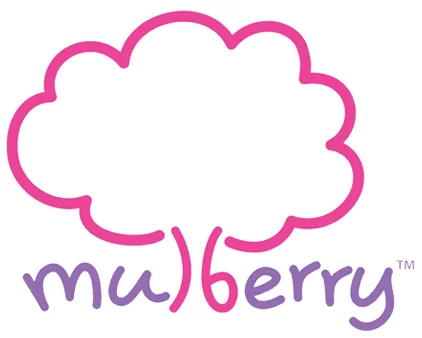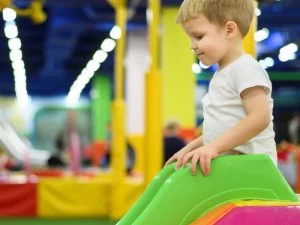Many parents in Singapore may have heard of the Montessori Method for preschool education, but increasingly, more parents are also enrolling their children in preschools based on the Reggio Emilia approach – another popular and established method of preschool education.
Known to create confident communicators who are not only independent thinkers but also lifelong learners, the Reggio Emilia approach has been around for nearly seven decades. It is uniquely characterized by three important concepts: respect for the child, an emphasis on building relationships, and the power of the learning environment. Visit a Reggio Emilia classroom today, and you will instantly be wowed by vibrant colours, interesting learning corners and throngs of wide-eyed children learning in awe alongside their teachers. So what makes the Reggio Emilia approach so effective and popular among early childhood educators?
1. Flexible style of child-directed learning
In a Reggio Emilia classroom, learning is led by the child with little to no dictation by the teacher of what to learn. Work is done in project form, with teachers only guiding research and offering help when required. There is a strong emphasis on the importance of oneself in the learning process. As such, lessons are entirely child focused, centred on the inquiries of students in the classroom. This stands in stark contrast to other approaches to early childhood education, such as the Montessori Method, which relies on a fixed, structured curriculum and a set of pre-determined and didactic tools to engage students and provide them with a healthy knowledge of topics that are important in the academic context. The flexibility of Reggio Emilia’s curriculum is one of the greatest distinguishing factors from its peers in the field of early childhood education, as children are allowed to have fun in the pursuit of knowledge as they are studying what they have an interest in.
2. Developing empathy and good social skills
The emphasis on building relationships is the second tenet of the Reggio Emilia approach. Extending beyond just the ones with their peers, these relationships apply to their parents, teachers, and community as well. In and beyond the classroom, children are taught to be aware of the needs of everybody around them. This translates into the idea of creating friendships with everyone in order to greater understand their needs. Through constant interaction with others on field trips or by other means, character is built and the child gains sharper communication skills.
3. Tailored learning by age groups
Students are also sorted by age of development, unlike the mixed-age classes as seen in Montessori schools, as Reggio-inspired schools believe that large age gaps between children and their vastly different levels of mental development will be harder to address than the relatively smaller differences in development within children of the same age group. While this offers less opportunity for students of different ages to interact while using the Reggio Emilia approach, this is made up for through visits to public places beyond the school to develop friendships in the community and communal learning sessions with peers, things that are not seen in the Montessori Method.
4. The role of the environment
Lastly, the Reggio Emilia approach also has a keen focus on the importance of the environment in the learning process. With thought placed into every detail of a child’s learning space, the Reggio Emilia-inspired classroom is distinguished from its barer, more visually quiet Montessori counterpart through the use of plenty of colours and welcoming materials. This is due to the different goals the classroom in the two forms of learning. While the Reggio Emilia approach believes that the environment should encourage children to want to learn, the Montessori Method feels that a colourful classroom takes a child’s focus away from his learning materials.
As a product of this belief in the power of the environment on a child’s development, sensory learning components and outdoor lessons are also more common in Reggio-inspired schools. This creates many options for lessons to be taught through experience rather than books, creating a more tangible memory of whatever a child learns in classes through the Reggio Emilia approach.
All in all, these core values at the very heart of the Reggio Emilia approach are responsible for the success of its namesake city in terms of educating young children. Applied in the Singaporean context, it is a powerful alternative method to other forms of early childhood education that keeps its competitive edge due to the flexibility of the curriculum and how student-led learning resembles play, creating a fun and wholesome experience for all.
Mulberry Learning Centre employs a Reggio Emilia-inspired approach in all schools with the goal of creating a healthy and inviting learning environment for all children. Our revolutionary pedagogy seamlessly blends healthy thinking via the Habits of Mind and the Reggio Emilia approach to create lessons tailored to fit your child’s intellectual needs.







